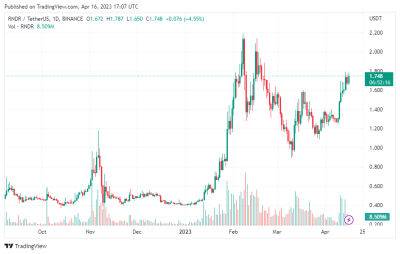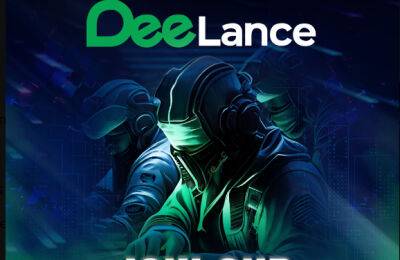The future of enterprise blockchain is multi-chain
Blockchain interoperability — the interconnecting of multiple networks to allow data and value to flow seamlessly — is often envisioned in the context of consumer applications. Think DEXs adding support for numerous EVM networks, or blockchain bridges linking to the next trendy DeFi ecosystem.
But interoperability has far broader ramifications than allowing traders to jump chains on a whim. In fact, one of the greatest beneficiaries of the maturation of multi-chain interoperability will be enterprises. As enterprise solutions grow across industries, the need to engage with multiple chains rather than exist on a single, isolated blockchain is increasing.
The advantages of connecting to a fully interoperable blockchain ecosystem are many, supporting future-proof solutions that make it easy to migrate from one platform to another while compounding the network effects of a shared business landscape to expand capacity, accessibility and choice for network participants.
In the past five years, enterprises of all kinds have found use cases for blockchain, ranging from supply chain management to healthcare. While the applications are as diverse as the businesses themselves, their demands are broadly similar. Enterprises using blockchain are essentially doing so in pursuit of greater trust, security, transparency and data traceability. If a blockchain can deliver these qualities in greater measure than a legacy system, adding Web3 benefits to existing solutions is a no-brainer.
Blockchain’s ability to securely automate processes that previously required massive manpower, physical infrastructure and multiple intermediaries means that enterprises can achieve massive boosts to operational efficiency while drastically reducing
Read more on cointelegraph.com












